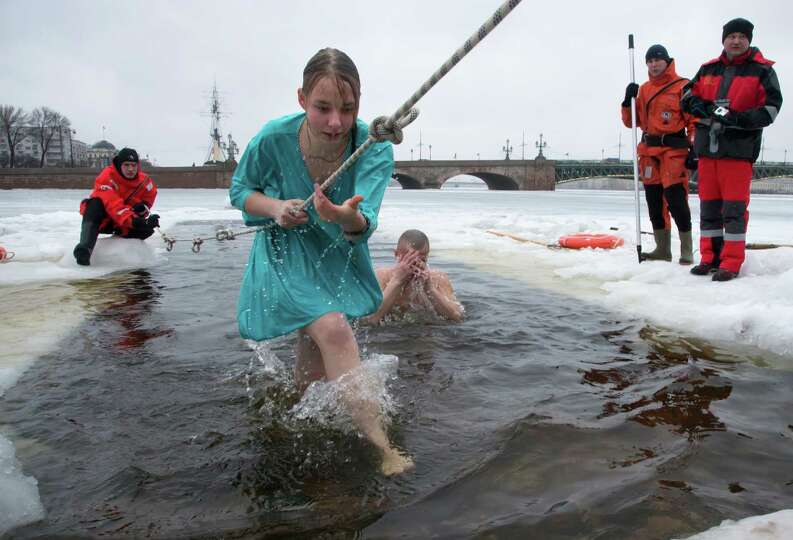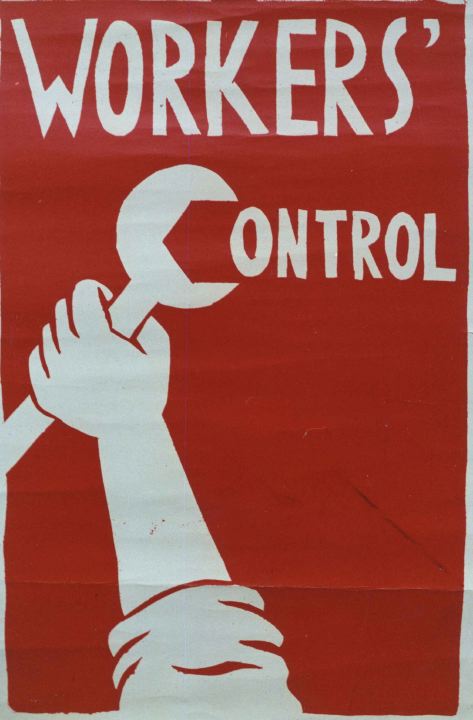

What is hazardous energy? Energy sources including electrical, mechanical, hydraulic, pneumatic, chemical, thermal, or other sources in machines and equipment can be hazardous to workers.




Employer Responsibilities to Protect Temporary Workers* To ensure that there is a clear understanding of each employer’s role in protecting employees, OSHA recommends that the temporary staffing agency and the host employer set out their respective responsibilities for compliance with applicable OSHA standards in their contract.
A detailed account of Russia and the First World War that includes includes images, quotations and the main events of the subject. Key Stage 3. GCSE World History.
Russian Revolution of 1917: Russian Revolution of 1917, two revolutions which overthrew the tsar and placed the Bolsheviks in power.
September/October 2010 Issue. Russian Adoption — Lessons for Social Workers By Deborah H. Siegel, PhD, LICSW, DCSW, ACSW Social Work Today Vol. 10 No. 5 P. 14
Russian Revolution of 1917, Communism, Cold War The Russian army was the largest in Europe, it had defeated Napoleon, but it was poorly trained, undersupplied, inadequately equipped, and unprepared.

The Russian Revolution was a pair of revolutions in Russia in 1917 which dismantled the Tsarist autocracy and led to the rise of the Soviet Union.The Russian Empire collapsed with the abdication of Emperor Nicholas II and the old regime was replaced by a provisional government during the first revolution of February 1917 (March in the …



What should be happening/States to be achieved: Where possible, employees have control over their pace of work ; Employees are encouraged to use their skills and initiative to do their work
Feb 12, 2018 · Emergency teams are combing snowy fields outside Moscow for debris of a Russian airliner that crashed and the remains of the 71 people who died.
The Russian famine of 1921–22, also known as Povolzhye famine, was a severe famine in Russia which began in early spring of 1921 and lasted through 1922. This famine killed an estimated 5 million, primarily affecting the Volga and Ural River regions.